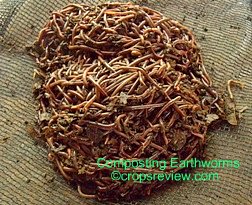I’d long been aware that the process of locating contour lines in sloping agricultural lands is basically the same as that when spots on posts at the same vertical elevation are marked using a carpenter’s level hose.
I in fact wrote in Bamboo Production and Propagation Methods which was published via this website in PDF format in 2010:
“Viewed from the side, an imaginary line that will traverse the points of each contour line will be more or less horizontal, as if a plastic hose filled with water was used by a carpenter in locating two points of the same elevation.”
But it took a brief reunion with Dr. Ariston Calvo at the University of Southern Mindanao in 2011 for me to be enlightened that indeed, a level hose can be used in place of A-Frame.
From then on I mentally stretched to formulate a procedure on how exactly would I use the carpenter’s level-hose.

